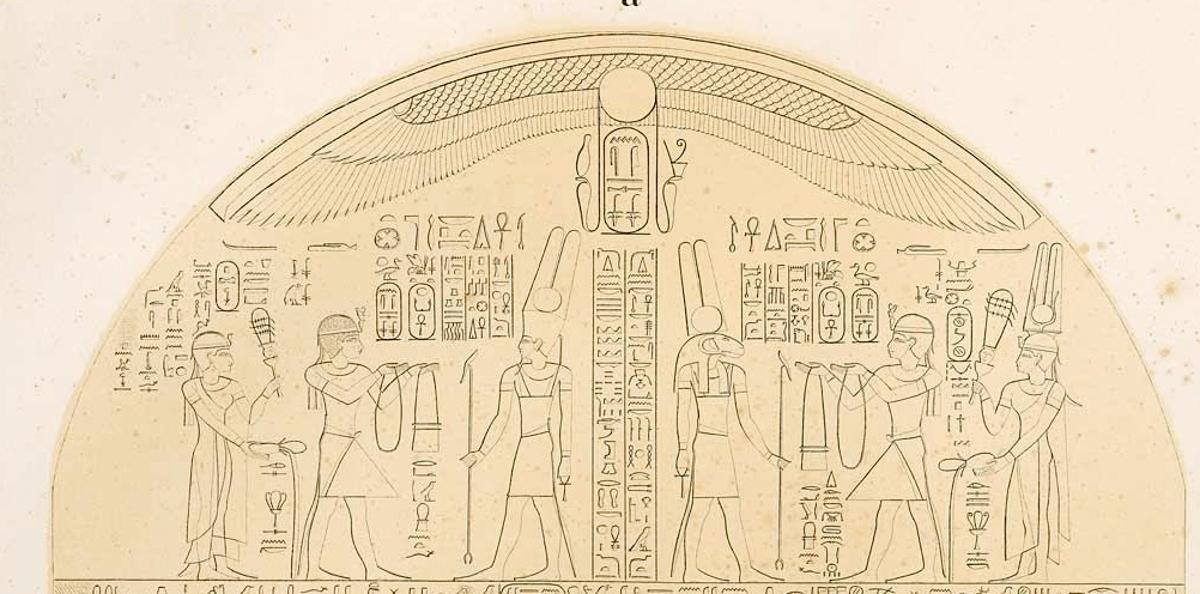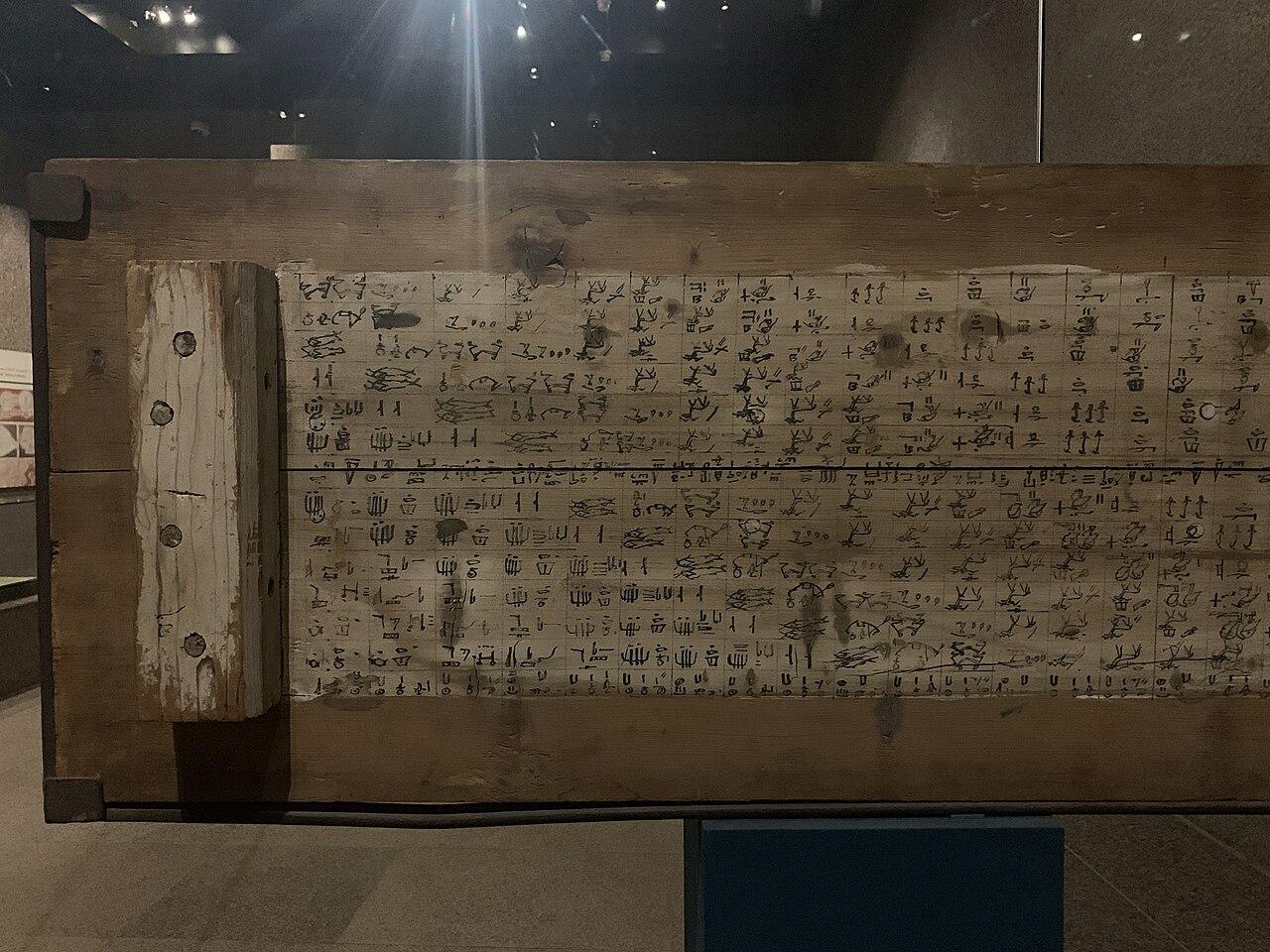Archaeologists Make Remarkable Discovery After Entering Flooded Tomb
Underwater archaeologists have made a remarkable discovery after venturing into a submerged tomb that’s thought to be the final resting place of an ancient Sudanese King who ruled over the Kingdom of Kush.
Underwater archaeologists Kristin Romey, Perace Paul and their team faced the daunting task of navigating the rising water levels and were the first to enter the tomb in over a century. Their perseverance led them to discover several artifacts, including gold offerings believed to have been left as offerings to an ancient Nubian king.
The Pyramids of Sudan
When we think of pyramids in Africa, Egypt is often the first country that comes to mind. However, its southern neighbor, Sudan, has numerous pyramids of its own, albeit significantly smaller in size.

Source: Wikimedia
One location that has gained considerable attention in recent years is Nuri. This region boasts over 20 pyramids built for the ancient kings and queens of Nubia, a nation that conquered and even ruled over Egypt during the Late Period.
King Nastasen
According to historians, the pyramids in Nuri were constructed as tombs for the rulers of the first capital of the kingdom of Kush, called Napata. While only 20 remain today, the region likely had closer to 80 of the stone structures dotting the landscape at its peak.

Source: Wikimedia
One remaining structure of particular importance is the pyramid of Nastasen, constructed as the final resting place for the king of the same, whose rule began around 335 BCE.
Little Is Known About the King Nastasen
Despite being a ruler who defended his actions against the might of the Egyptian army on several occasions, very little is known about the Nubian king Nastasen. Archaeologists planned to investigate his tomb to better understand this ancient ruler, yet there was one problem.

Source: Wikimedia
Nastasen’s tomb is located under the Nuri pyramids, which have unfortunately succumbed to rising groundwater levels in Sudan. So, in order to properly investigate the tomb, underwater archaeologists Romey and Creasman were employed to lead the team.
The Researchers Attempt to Dig Toward the Tomb
Romey and Creasman knew very little about the tomb’s contents besides what was written by George Reisner, a researcher who had explored it over a century ago.

Source: Wikimedia
Speaking with the BBC, Creasman said the team “dug as far as we could” down a 65-step stairway leading to the tomb entry. But there was just one problem. “We got about 40 stairs down until we hit the water table and knew we wouldn’t be able to go any further without putting our heads under.”
The Archaeologists Dive Under the Pyramid
The archaeologists decided to explore the tomb using diving gear. However, they could not carry oxygen tanks due to limited space.

Source: Wikimedia
According to Creasman, normal scuba tanks “would have been too cumbersome.” Instead, they received air from a hose that followed them throughout the tomb from the surface.
The Archaeologists Come Across a Remarkable Discovery
As the team slowly descended into the 2,300-year-old tomb through a narrow opening, the water got progressively murkier. Despite this, they pushed on until they came across a remarkable discovery.

Source: Wikimedia
They finally came across the remains of a stone sarcophagus, thought to contain the remains of King Nastasen.
The Possibility of Removing the Sarcophagus
Romey, Creasman and their colleagues hope they’ll be able to remove the sarcophagus from the tomb despite the obstacles standing in their way, including the narrow passageway.

Source: Wikimedia
Creasman certainly believes it’s possible, stating, “I think we finally have the technology to be able to tell the story of Nuri.”
Gold Leads Dedicated to King Nastasen
The team came across several pieces of gold leaf, pottery figurines and glass-type statues, all of which Creasman believes were left as offerings to the Nubian King.

Source: Wikimedia
“The gold offerings were still sitting there — these small glass-type statues had been leafed in gold. And while the water destroyed the glass underneath, the little gold flake was still there,” he said.
Archaeologists Get Lucky
Creasman went on to describe what they discovered under the Nubian tomb as “remarkable.” However, he admits luck played a small role in the find.

Source: Wikimedia
The researcher explained that tomb raiders would have likely stolen the gold leaf had the rising water levels not made the tomb inaccessible to most people.
Three Chambers Under the Nubian Pyramid
Creasman went on to detail the architectural design of the various chambers.

Source: Wikimedia
“There are three chambers, with these beautiful arched ceilings, about the size of a small bus; you go in one chamber into the next, it’s pitch black, you know you’re in a tomb if your flashlights aren’t on. And it starts revealing the secrets that are held within,” he said.
The Black Pharaohs
Researchers such as Creasman are hopeful the recent discovery can further our understanding of the Kushite royals, who are often referred to as the “black pharaohs.”

Source: Wikimedia
The Kushite kingdom has a long and prosperous history. Scholars suggest it existed from around 1069 BCE until its final capital, Meroe, fell to the Aksumites in 330 CE.
